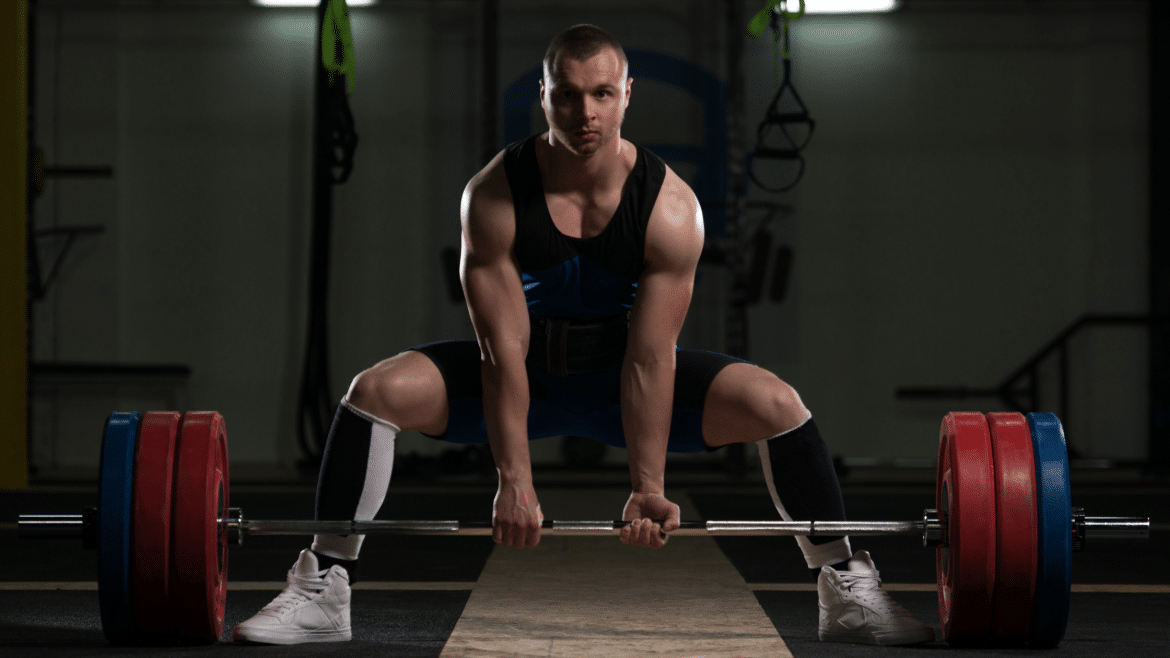 Jun
04
Jun
04
Weightlifting Gloves: Do Lifting Gloves Help or Hurt Your Performance?
- 4 June 2025
- 0 Comment(s)
Not everyone agrees on whether weightlifting gloves are a gym essential or just extra gear. Walk into any fitness center and you’ll see two types of people: those who won’t touch a barbell without their gloves, and those who believe lifting with bare hands is the only way to go. It’s a topic that sparks debates, raises eyebrows, and often leads to mixed opinions. Gloves have been around for decades. They’ve helped many lifters improve their grip, avoid painful calluses, and lift heavier without hand fatigue. However, others argue that gloves reduce your connection to the bar, interfere with your form, or simply make you too dependent on them. So, what’s the real deal? This blog will take a close and honest look at the weightlifting gloves’ pros & cons. Whether you’re lifting for strength, size, or just to stay fit, we’ll help you decide if lifting gloves help or hurt your performance.
Pros and Cons of Lifting Gloves
Benefits
Enhanced Grip
First, the most apparent advantage is grip strength. Gloves give you extra traction, especially when your palms start sweating more than you do during your third set of deadlifts. A better grip means you can hold onto the bar longer without the fear of slipping. According to studies, it is found that grip failure is one of the most common reasons athletes underperform in compound lifts. That’s where gloves step in and save the day, literally keeping your fingers in the game. This benefit alone answers a big chunk of the question, “Do lifting gloves help?” Short answer? Yes, they do.
Prevent Callouses
Nobody wants crusty hands. You didn’t spend hours working out just to shake someone’s hand and feel like a tree bark. Gloves cushion your palms from repeated friction against knurled bars. They act as a barrier that helps prevent blisters, callouses, and gnarly skin tears. Many athletes, even seasoned pros, use gloves just for this reason. In a profession where your hands do the heavy lifting, staying skin-safe is non-negotiable.
Stability and Support
Some weightlifting gloves come with built-in wrist wraps. So, you’ll feel the difference when you do strict overhead presses or try to beat your PR on the bench. Gloves that extend to your wrist can decrease wrist pain and tiredness, which is especially useful if you have sensitive wrists. The strength of our wrists is not always given the attention it deserves in training. If you want to go heavier safely, your wrists better be locked in.
Drawbacks
Dependency
Let’s call this what it is: gloves can become a crutch. If you always rely on them, your raw grip strength might take a back seat. Over time, that could mean you’re overcompensating with the gloves instead of building true hand power. Ever seen someone panic mid-set because they forgot their gloves? Exactly. That’s glove dependency, and it’s not cute.
Negative Impact on Form
Ironically, what helps can also hurt. Poorly fitted gloves can change the way your hands are positioned on the bar. Add in some padding, and suddenly your grip is too thick, awkward, and maybe even unstable. That’s a recipe for compromised form, something no lifter can afford. Gloves can alter bar path mechanics. That’s not just a technical problem, it’s a safety one. Always choose gloves that enhance, not interfere with, your natural hand placement and lifting angles.
Types of Weightlifting Gloves
Full Coverage Gloves
These bad boys cover your whole hand and fingers. They’re great if you’re big on hand protection and want maximum padding. You’ll see these often in CrossFit or functional fitness, where high-rep sets grind your hands into submission. However, be aware that they tend to get sweaty quickly. If you’re training in a hot gym, make sure they’re breathable.
Fingerless Lifting Gloves
Probably the most popular style. They leave your fingertips exposed for better ventilation and tactile feedback, while still giving you palm protection and grip. They’re the middle ground between weightlifting gloves’ pros and cons, offering less bulk but enough support for most lifters. They’re also the easiest to take on and off, perfect when your rest time is just 60 seconds and counting.
Lifting Gloves with Wrist Wrap
This is the hybrid model. Palm padding plus built-in wrist support. If you frequently lift heavy weights, wrist wraps are your insurance policy against overuse injuries. Think of it as the glove version of a seatbelt.
Pro tip: If you’re targeting powerlifting or Olympic-style lifting, this might be your go-to. Just make sure they don’t restrict your range of motion.
The Bottom Line
So, do lifting gloves help? The answer is when used smartly. They’re not magic, but they can improve your performance, reduce wear and tear, and boost your comfort during training. But they’re not for everyone, and not for every lift. Think of gloves as tools, not training wheels.
If your goals are to lift heavier, stay safer, and look cooler doing it, then investing in a quality pair makes sense. Just be aware of their limits, don’t rely on them for every workout, and don’t let them become your “emotional support gloves.”
And, speaking of looking cooler, TD Sportswear designs high-quality custom sportswear that you can match with your favorite lifting gloves or gym shoes. Whether you’re squatting, pressing, or posing for the ‘gram, they’ve got gear that lets you perform and look elite doing it.

